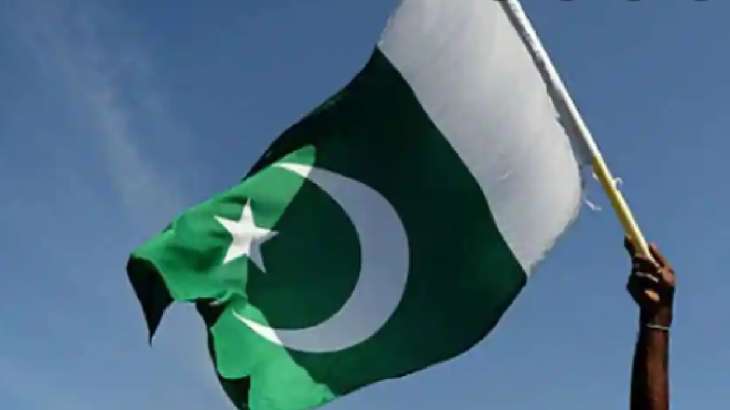New Delhi: The deadlock between the Shehbaz Sharif government and the International Monetary Fund over the $6 billion bailout has only increased the severity of the economic crisis in Pakistan. The value of the Pakistani rupee has plummeted to an all-time low; inflation rates are hovering in double digits, and the state of Pakistan’s international trade is exhausting its limited reserves of dollars. In the first week of February, Islamabad’s forex reserves were at the lowest in nine years; analysts said it covers less than three weeks of imports.
Currency crisis
On 1 January 2023, one US dollar could buy PKR 226.55. By 7 February, the Pakistani rupee had depreciated by more than 17 per cent to reach PKR 275. Around the same time in 2022, a dollar could buy PKR 175.
To fix its plummeting foreign exchange reserves, Pakistan needs to earn dollars – foreign trade balance comes in handy if the country exports more than it imports. However, Pakistan doesn’t sit in that sweet spot either.
Balance of payments, international trade
Pakistan’s trade deficit worsened in the aftermath of the pandemic. In 2020, its exports of goods were worth $21.9 billion against imports valued at $44 billion. SBP’s provisional data released last month shows that by the end of 2022, Pakistan’s exports had increased to $31 billion—but so did its imports to $66 billion.
Unlike India, Pakistan doesn’t have much positivity in its trade of services either,. where the deficit has been relatively stable for the past 3 years at $2.5 to $3 billion. It is through secondary income that Pakistan’s current account balance gets cushioned.
According to the IMF, the secondary income account shows current transfers between residents and non-residents. These are majorly remittances from abroad, which are not meant for long-term investment purposes.
Detailed statistics in this particular account show that most of the dollars earned by Pakistan come from Non-Profit Institutions Serving Households (NPISHs). These charity institutions serve the needy and provide about $31 billion to Pakistan.
Pakistan’s current account deficit stands at around $12 billion — the highest since 2018 ($14.6 billion). All these factors have forced the country to seek help from the IMF, whose meeting with the country’s officials concluded last week.
IMF aid comes with T&C
An IMF mission, led by Nathan Porter, visited Islamabad from 31 January to 9 February. If Pakistan doesn’t get the much-needed loan, economists predict that inflation rates will spike by more than 60 per cent. In an attempt to comply with the financial bailout, the Shehbaz Sharif government on Tuesday increased the taxes on natural gas from 16 per cent to 112 per cent. A hike in electricity tariff is also on the cards.
PM Sharif said that the country will get $1.2 billion in Special Drawing Rights. It’s a monetary reserve created by the IMF that provides liquidity to a member country as a cushion to adjust to crisis.
But the IMF’s help comes with some strings attached. Pakistan will now have to levy PKR 170 billion ($639 million), despite the mounting inflation, the brunt of which is borne by the common people.
On a year-on-year basis, the inflation rate in Pakistan reached 26.6 per cent by October 2022, with food inflation hovering at 34.7 per cent in urban and 37.2 per cent in rural Pakistan. On top of that, the Sharif government resorting to banning imports of all items—except food and essential goods—has raised fears of unemployment.
“Pakistan may end up avoiding default for the time being with IMF help and loans from friendly countries, especially Saudi Arabia and other Gulf nations. But those won’t address the clear underlying malaise of the economy – and the fact that something fundamentally will need to change, in terms of how much the economy produces versus how much it spends, to avoid default down the road,” Afzal writes.

